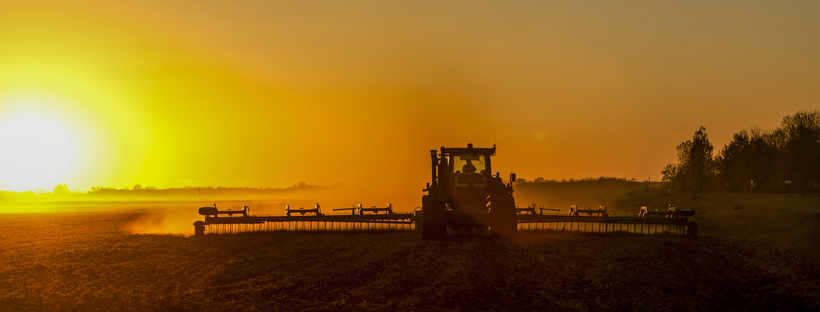22 Jun No accidents– Just training: Local fire department hosts specialized training for region firefighters
The Shopko building may have been closed for more than a year in Bowman but its parking lot was full Saturday.
It was filled with fire engines, ambulances and damaged cars and SUVs as part of a training exercise held by the Bowman Fire Department.
There also were nearly 50 firefighters from Baker, Rhame, Dickinson, Scranton and Hettinger involved in the training as participants.
The two-day training program was focused on providing training on auto extraction. The auto extraction training is a state requirement. “We spent four hours on Friday night in the classroom. There is definitely a strategy. There is quite extensive training,” said Chris Palczewski, the training officer for Bowman and one of four instructors handling both the indoor and outdoor training
Five or six people were working on their first certification session, while most of the group were following up on meeting the re-certification requirements. Once a firefighter is fully certified, they have to complete four hours of class time and another four hours of hands-on training every two years.
More than 50 firefighters got the chance to complete state training Saturday in the parking lot outside of the vacant Shopko store in Bowman.
The training officer said they invited even more. “We had probably a larger turnout than expected. The turnout of our own people was more than we expected. We have done something usually in June, but it would get so hot sometimes it was tough to do the training,” he explained.
“We didn’t have it all with the COVID last year, so we had a little bit bigger circle (of invitations). In the past, we’d just invite our bordering departments…. Scranton, Rhame, Amidon and Ludlow. This year, I just decided to go with a little bit bigger circle,” Palczewski said. “This year, I went all the way to Ludlow and Lemmon (in South Dakota) and Baker (in Montana).
In the parking lot, the fire department set up a series of vehicles to use as examples for the instructors to demonstrate with and the firefighters to work on.
They had vehicles jammed underneath a semi-trailer, vehicles on their sides in an area, which covered most of the parking lot.
Part of the training covered air bags in the motor vehicles at accident scenes. They had a demonstration showing how powerful the air bag release is, with one set off on the ground and the bag going about 20 feet into the air.
Since the bags are often coated with talc and have a loud explosive charge inside the vehicle, “They are all white and they can’t hear… imagine that boom when they are inside a vehicle,” Palczewski explained.
One of the training instructors recounted how a child seat showed how dangerous the air bags could be when the child seats were put in the front seat facing backwards with a child inside. “They put a ‘mannequin baby’ it … all proper and everything … in front of the passenger airbag and that entire car seat (showed a somersault move with his hands) when the air bag was triggered. That is why that law came out – don’t put car seats in the front seat.” That happened back in the 1990s, Palczewski said.
The instructors also set up training on how to use lifesaving equipment to tear apart cars, which could trap people after an accident. One scenario set up an accident where the steering column trapped a driver and wheel had been forced down, trapping the legs. The demonstration showed how to use the Jaws of Life to go into the vehicle to lift the assembly off the legs without using the vehicle for any support.
“I have been an extrication instructor since 1995,” Palczewski said. “The car rescue setup has been part of the Bowman Fire Department since the 1970s probably.”
The lessons learned during the training are important for the firefighters. “We can get called to a grass fire… we can get called to a structure fire and all kinds of fire, but when we are called to a vehicle accident, it involves a human life every time.”
There are four instructors at the Bowman Fire Department, he said.
“Overall, it was good training. It was one of the better ones we have ever had,” Palczewski added.




Sorry, the comment form is closed at this time.